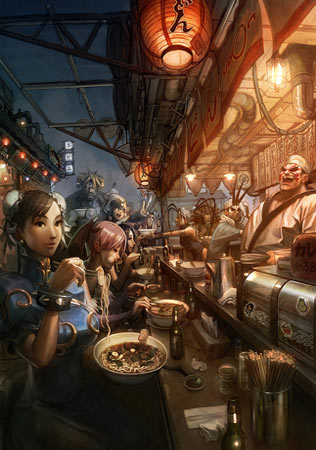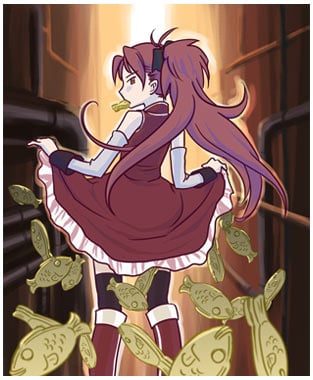Over the weekend we went to our favorite Indian restaurant for curry, tandoori chicken and that heavenly naan bread that is the cause of so many bad jokes made by gaijin (since nan desu ka? can mean “What is this?” or “Is this Indian naan bread?”). Curry is a popular ethnic food in Japan, both in its proper Indian form as well as “curry rice,” which was imported through England as a “western” food and is eaten 2-3 times a week at our house. The other major ethnic cuisine in Japan is Chinese, although there’s so much intermixing of culinary traditions that it can be difficult to separate things. Certain foods the Japanese eat commonly are obvious imports from China, written using kanji not usually used in Japanese or katakana, like those dreamy gyoza dumplings. Other foods feel “Japanese,” like soba (thin grey buckwheat noodles), udon (fatter noodles made with flour), and the local version of chow mein noodles, called yakisoba. The venerable noodle dish ramen is a Japanese creation based on Chinese noodles, but while Japanese will always insist ramen is “Chinese food,” in China ramen is known as “Japan style pulled noodles.” The idea of going out to a “Chinese restaurant” is rare in Japan, since the menus at most restaurants are already heavy with Chinese cuisine.

Japanese and Chinese foods are closely intertwined, and it’s hard to tell them apart sometimes.















